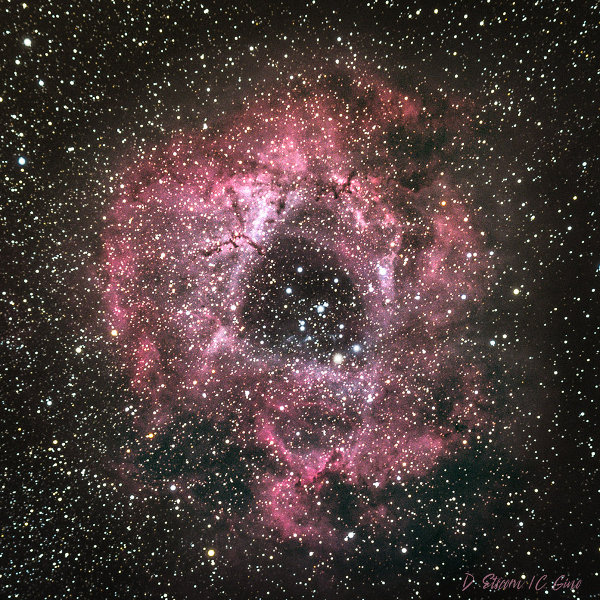October Skies
Sept. 28, 2025

Meteor shower watchers should be delighted this month on the night of October 20-21 when there will be perfect conditions (no moon) to watch the peak of the Orionid meteor shower. Meteors should be visible above the eastern horizon beginning around 11:30 p.m. on the 20th. The best viewing should be between 2 a.m. and 6 a.m. on the 21st. The origin of this shower is the dust trail left behind by Halley’s comet. While not terribly bright, these meteors are quite fast, and you can expect 20 to 30 per hour during the peak of the shower. For the radiant of origin of the meteors, look about halfway between the constellations of Orion and Gemini.
Jupiter is well placed high overhead to the south for most of the month. For those with small- to medium-sized telescopes, there is an extra treat awaiting you. It turns out there will be multiple evenings when you’ll be able to see the shadows of various double combinations of Jupiter’s moons on the surface of the planet. This will happen on 12 different nights beginning on the 4th and ending on the 29th. For dates, times and moon combinations, I recommend that you consult the chart on page 48 of this month’s Sky & Telescope magazine.
Saturn continues its journey in the East as it rises into the early evening sky. Venus continues to dominate the early morning sky in the East while Mars and Mercury are lost to our view.
The Moon will be full on the 7th, last quarter on the 13th, new on the 21st, and first quarter on the 29th. Looking east-southeast on the 5th, about 45 minutes after sunset, the nearly full moon will be hugging the horizon just above and to the left of Saturn. Looking high overhead to the South on the 13th and 14th about an hour before sunrise, the waning last quarter moon will bracket Jupiter. Looking east on the 19th, about 30 minutes before sunrise, the thin waning crescent moon will be about 4 degrees to the right of Venus.
The first Saturday star party will be held on Saturday, October 4, at the Etscorn Campus Observatory. To reach the observatory, take Canyon Drive past the golf course. At the stop sign, turn right on Buck Wolfe Drive. At the top of the dip in the road, turn left and follow the signs to the observatory.
Clear Skies!
Jon Spargo
New Mexico Tech Astronomy Club
September 2025